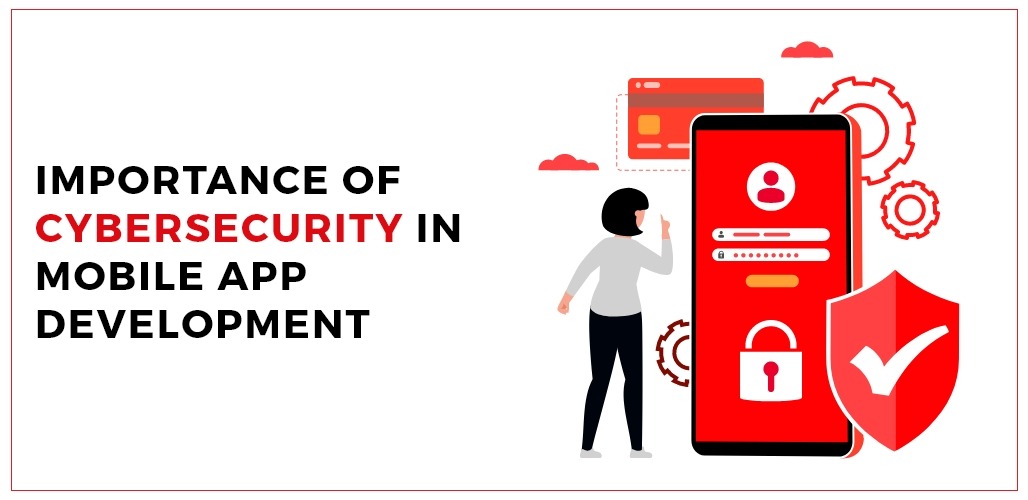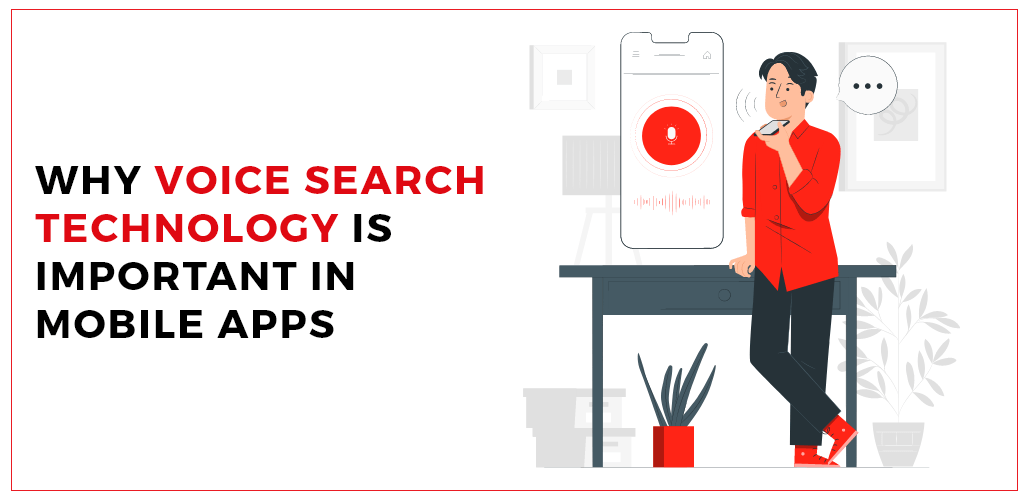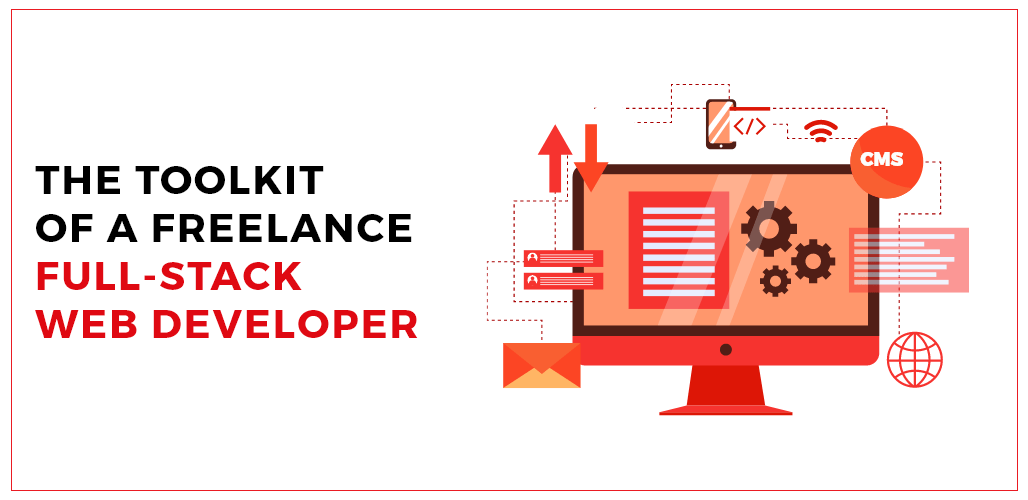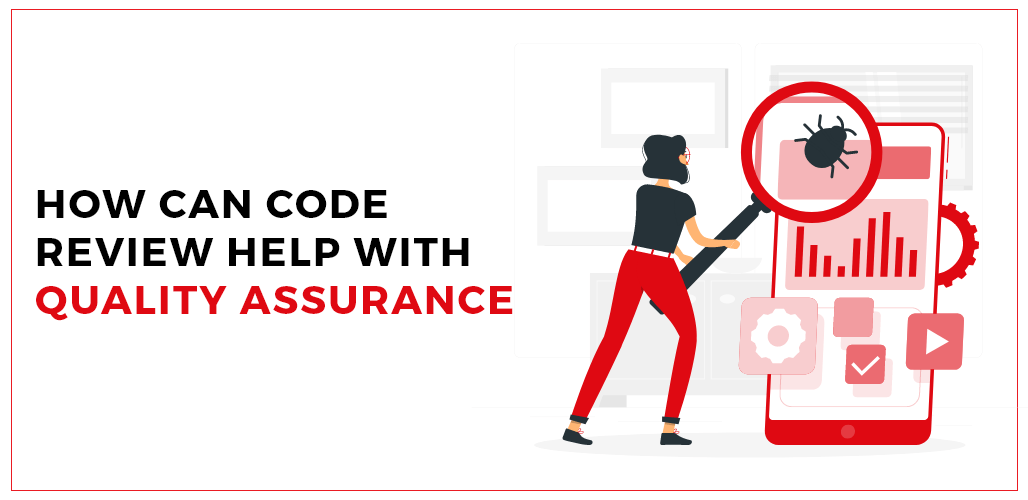The use of mobile devices has significantly increased during the past several years. Every company is seeking a chance to create a mobile application so they may reach more users around the world. As a result, there is a high need for developing mobile applications. Organizations seek out the best features and highly functional apps in order to fast surpass their rivals. Most businesses disregard establishing app development and maintenance of cybersecurity in mobile app development policies due to the high demand for apps. The creation of mobile apps, security risks, and best practices are all covered in this document.
Security is crucial in mobile apps because if security precautions aren’t done effectively during app creation, the data included within the app may be at risk. Additionally, more vulnerabilities have emerged as a result of the rising use of mobile applications. Hackers today are attempting to obtain consumers’ personal information for their own gain. As a result, developers must exercise greater caution when developing apps for both the Android and iOS platforms.
What is Mobile App CyberSecurity?
The procedures to protect a mobile app against fraudulent attacks like malware, hacking, or other criminal manipulations are called mobile app security. Different technologies are used to defend mobile apps from various cyber threats that a mobile device may present as a result of the apps that are loaded on it. The level of protection an app has from malware, phishing, and other dangerous hacker crimes are reflected in its mobile app security. An excellent example is Android, which, due to its open foundation, is more susceptible to malware attacks, data breaches, and MITM attacks than the iOS platform, which is only available to Apple consumers.
What is mobile application testing security?
Mobile apps are tested for security using hostile users’ techniques to attack them. Understanding the application’s business function and the types of data it processes is the first step in doing effective security testing. From then, an effective holistic assessment is produced by combining static analysis, dynamic analysis, and penetration testing to uncover vulnerabilities that would be missed if the approaches were not used effectively in conjunction.
We’ll talk about some of the most important user-impacting cybersecurity problems in this post and how to create secure apps.
Financial Record Theft
Hackers have the ability to obtain consumer financial information, including debit or credit card details, and conduct transactions. A banking malware known as “Gimp” was found by Kaspersky researchers recently. Hackers use this malware to persuade Android users to divulge their credit card information by using the data of covid-infected individuals. Gimp’s unique user interface displays the number of infected persons nearby and persuades you to pay money to see that number. Similar harmful software known as a banking trojan is called Anubis trojan. Therefore, this spyware harvests crucial financial information from users’ devices. Hackers can use the user’s card to carry out unauthorized transactions by stealing his financial information in this way.
Client Side Injection
One of these concerns to the security of mobile apps is a client-side injection, in which malicious code is injected on the client-side, typically in the form of input data or binary attacks. As a result, the mobile app cannot recognize this malicious code and treats it similarly to other data on the user’s device. Therefore, client-side injection puts users at more risk for security than the server.
Device Fragmentation
Testing for mobile applications must take into account a wide range of mobile devices with various features, capabilities, and constraints. Performance testing is challenging due to the identification of device-specific security flaws. The testing team is becoming a bottleneck in the release process since they are unable to test releases as quickly as the development team is producing them. Low-quality apps are also developed as a result of this. The majority of apps are created in environments for iOS, Android, or Windows. However, each Operating System (OS) has a variety of versions with unique vulnerabilities. Testing the software on each version takes time, and application testers must be aware of any security flaws.
Authorization & Authentication
The simplest way to give hackers access is with weak authentication. Poor user behavior, such as using weak or obvious passwords, is widespread and must be considered while developing apps. There are more secure choices, such as those that demand two-factor authentication or biometrics. In-app code-only permitted APIs should be used. Threat actors frequently use information caches as a means of obtaining authentication. Employing centralized authorization for the entire API is great practice for enhancing mobile app security.
Intellectual Property
Copyrights, patents, and other forms of intellectual property are examples of property that integrate human intelligence. Every mobile app has a foundational piece of code from which it is built. This base code belongs to someone else. In order to develop their own copies of popular apps, hackers typically attempt to abstract the source code of those apps. These cloning apps were designed to deceive users into downloading a fake version of the real software. On mobile devices, these copied apps can potentially be used to propagate malware.
Conclusion
Use best practices to safeguard your mobile app against malware and viruses because security is critical for mobile app development. To keep all users—and their private information—safe, cybersecurity is crucial whether your mobile app is for a small business or a major brand.
Credits: AppVerticals Android App Developers








